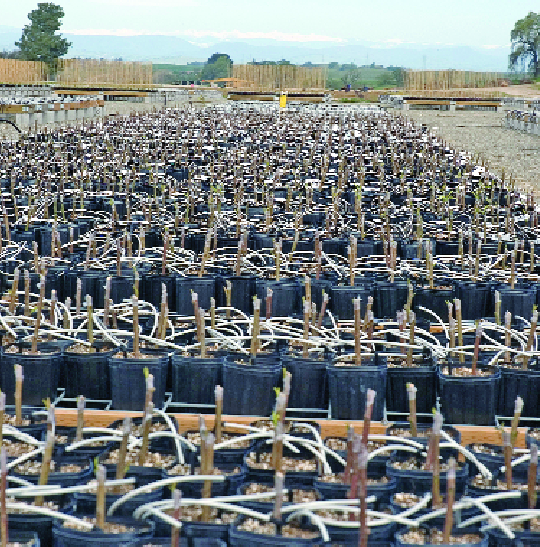
The use of interstems in cherry orchards could revolutionize California’s cherry industry by expanding the area where cherries can be grown, increasing tree precocity and fruit size, and controlling tree size. Fruit breeder Floyd Zaiger of Zaiger Genetics, Inc., in Modesto, California, spent years developing hybrid interstems from different stone fruit species that would allow cherries to be grown on a wider variety of rootstocks—including Citation, his patented interspecific rootstock developed from peach and plum parentage.
After several years of testing different interstems, Zaiger finally settled on the Zee Stem, a patented and trademarked interspecific combination of peach and almond rootstocks. Zee Stem, commercially available for the last three years, has sparked the interest of California cherry growers who are looking for ways to bring trees into production faster, grow smaller trees, and improve fruit quality.
Leith Gardner, Zaiger’s daughter, who works in the family business, said that while they are looking for new dwarfing rootstocks for soft fruit that will help eliminate ladders, the Zee Stem is “strictly for cherries.” The University of California is also interested in cherry interstocks and is working to develop additional interstem combinations. An interstem or interstock is an intermediate piece of rootstock that is grafted between the scion and rootstock.
Compatibility
“We’ve tried the interstem with a lot of different rootstocks like Citation, Nemaguard, Lovell, Viking, and Atlas, and found that it’s compatible with most any rootstock that you put it on,” she said, adding that the interstem allows cherries to be grown on rootstocks normally used for other stone fruit. “We’ve found good compatibility with just about every cherry variety that we’ve tried—Bing, Van, Lapins, Stella, and our own cherry varieties.”
She added that because it improves the compatibility of cherry varieties and rootstocks, growers have rootstock options beyond the standard Mazzard, Mahaleb, and Colt cherry rootstocks and can plant in a wider variety of soil conditions. “Growers won’t be as limited in their rootstock choices. It will increase the cherry growing areas.” For example, what started as a cherry test plot in southeastern Kern County is now a commercial cherry orchard, with other cherry orchards also being established in the area.
Kern County, traditionally an area where table grapes, stone fruit, and citrus crops were grown, is rapidly expanding into cherries. While Zaiger Genetics hasn’t conducted research to understand the physiological response of putting interstems on cherry trees, Gardner explained that the interstem principle in cherries works the opposite of interstems in apples. Interstems have been used in apples to control tree size in sites where dwarfing rootstocks don’t perform well.
In cherries, the shorter the interstem, the shorter the tree; in apples, longer interstems result in shorter trees. She believes that in cherries, short interstems bring the scion wood closer to incompatible rootstocks, and the interstem acts as a girdle. Longer cherry interstems result in taller trees. “In my opinion, the cherry interstem combination with Citation rootstock is the best of all rootstocks,” Gardner said.
“You get a more precocious and smaller tree than
Tolerant
“It’s a good partner with Citation rootstock,” he said. “With the interstem, you really can plant cherries anywhere that you can plant a Prunus tree. It is such a phenomenal thing.” With the interstem, cherries can go into alkaline and saline soils, and even wet soils, when planted on rootstocks tolerant of such conditions. Robert Woolley, president of Dave Wilson Nursery, said, “With interstems, cherry growing is a lot more forgiving and is expanding the range of ‘cherry ground.’
Cherry growers use their very best ground for cherries. I’ve actually heard them use the term ‘cherry ground’ in coffee shops when they’re describing premium ground. “It’s very exciting that you can put a cherry—Prunus avium—on a peach rootstock.” In peaches, plums, and nectarines, Citation induces early bearing, is tolerant of wet and heavy clay soil conditions, resists root-knot nematode, advances maturity, and increases size and sugar of fruit.
However, it should be avoided in very light, sandy soils. Woolley noted that in sandy soils, Citation has shown signs of bacterial canker, which they believe is associated with ring nematodes also found in sandy soils. The interstem does provide some dwarfing, Gardner noted, although growers must still prune trees.
“They’ll get a 20-foot tall tree if they never prune.” She reported that in a commercial cherry orchard on the Zee Stem in the Reedley area, a full crop was picked in the third leaf without using any ladders. Citation has been popular as a rootstock for Pluots and plums, Woolley said. But for peaches and nectarines, it has been too dwarfing. Most growers deal with tree size by summer pruning. “Peach and nectarine growers in California want a lot of vigor. They want to make a peach tree fast. Lovell and Nemaguard rootstocks work well for peaches and nectarines.”
Fruit quality
Thus far, Dave Wilson representatives have found that fruit quality in most cultivars from the Zee Stem is usually improved, although they don’t have experience in a wide number of varieties. In Sweetheart, there is a propensity to grow heavy clusters, Tarry said.
But in Rainier, Bing, Brooks, and many of the proprietary varieties sold by Dave Wilson, the interstem improves size and slightly advances maturity by a day or two. On Tarry’s own cherry orchard, which is planted to interstems, he no longer worries about overcropping. Fruit size is not a problem.
Economics
Most California orchardists purchase their rootstock/interstem combination from Dave Wilson as a one-year tree. The grower then does the top work, grafting on the desired variety, with the interstem about four inches long. “It’s common practice, especially for popular varieties that aren’t patented, for growers to field graft the variety themselves,” Tarry said.
Woolley noted that for those who want a three-part tree, it takes the nursery two years of tree growing. “While we can produce a two-part tree in one year, we haven’t figured out how to grow a three-part tree in one year.” For those choosing both a patented rootstock and the patented Zee Stem, a discount is given because there are two royalties to be paid.
Tarry added that for a variety like Bing, that is not patented, cost of the three-part tree is around $8 per tree, but it makes economical sense when the early bearing yields are factored in, he said. Sales of the cherry interstem are quickly becoming a major part of business at Dave Wilson.
The Zee Stem is now their number-two cherry rootstock combination sold, Tarry said, and has surpassed their expectations. They expect to sell 100,000 units of the rootstock/interstem combination this year. Already, about 1,500 acres of the interstem are planted in California, with another 500 acres planned for planting next year.

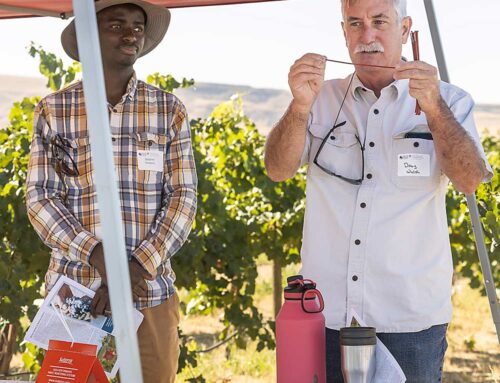
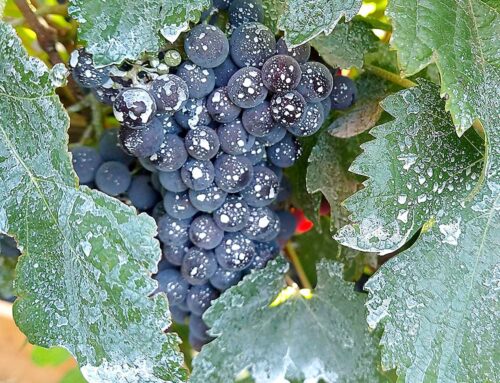
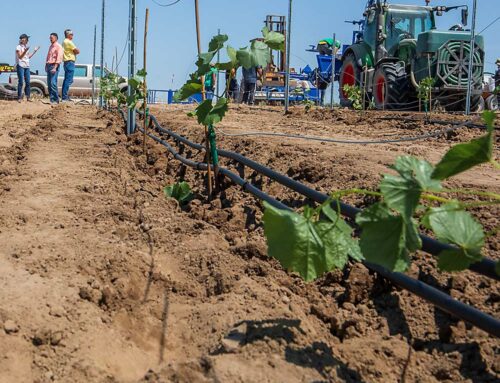
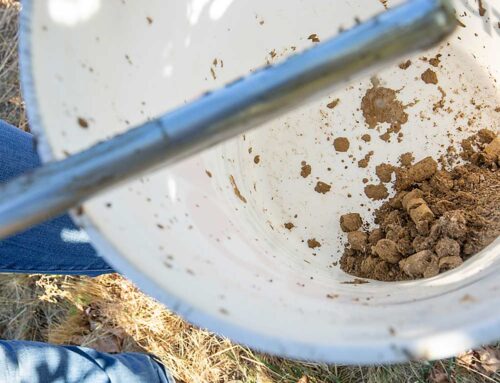
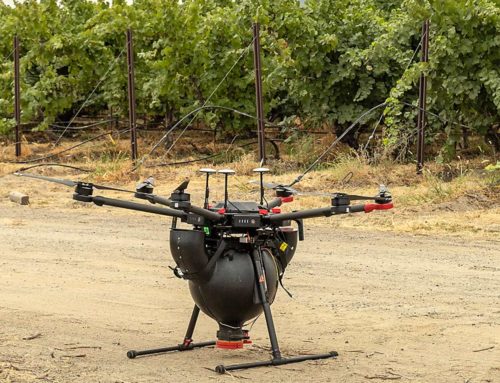
Leave A Comment